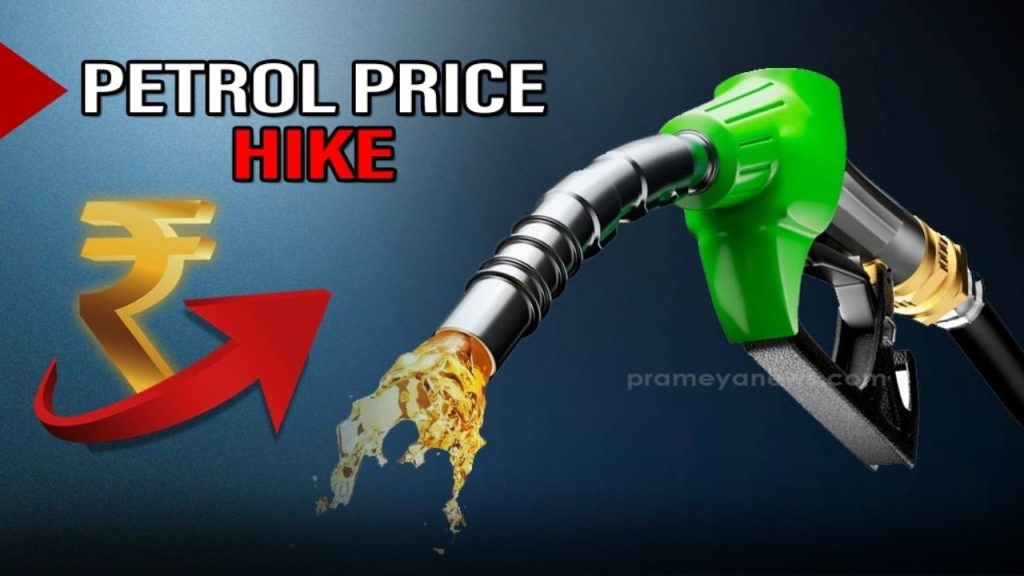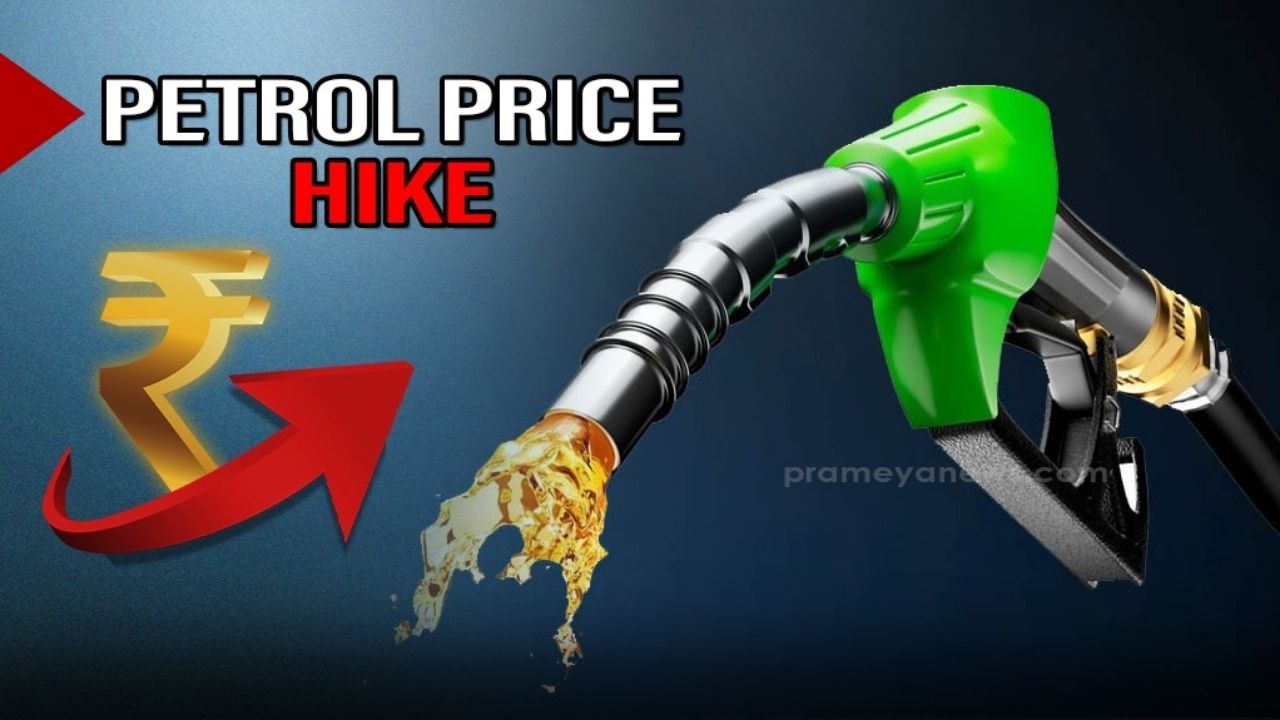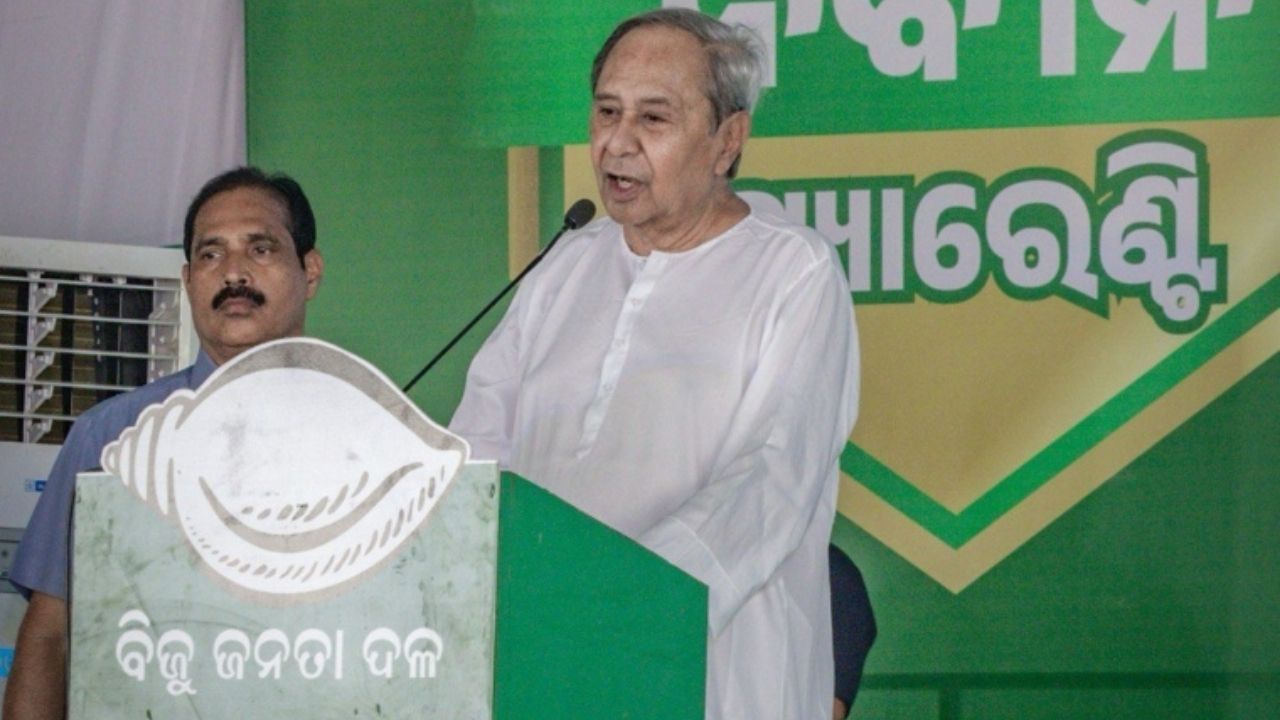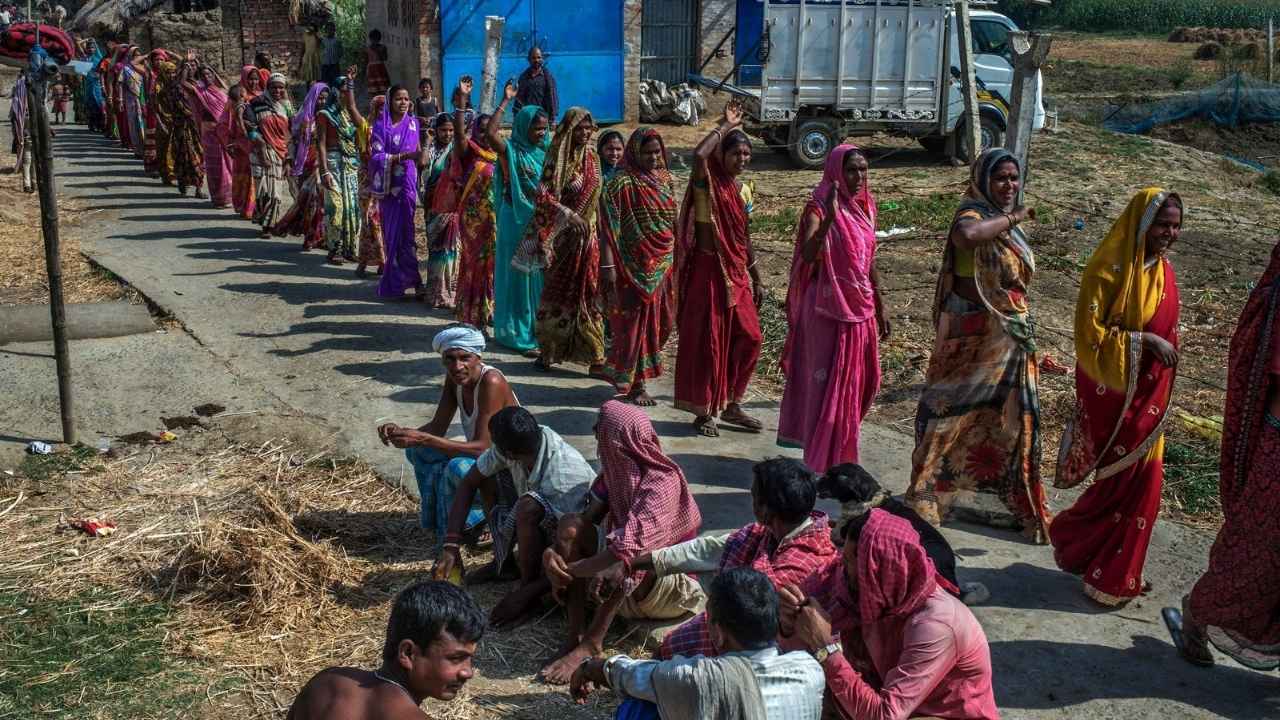Fuel prices are a constant topic of conversation in most households. Whether it’s the cost of filling up your gas tank or wondering how much you’ll pay at the pump tomorrow, gas prices are something that affects everyone. This has never been more evident than in the current situation in Odisha, India, where Malkangiri, a remote district, leads in fuel prices, while the Twin Cities of Bhubaneswar and Cuttack display more moderate rates.

In this article, we’ll take a deep dive into why these price differences exist, what factors influence them, and how these fuel prices impact the everyday person. Not only will we break down the pricing structures for clarity, but we will also explore the bigger picture surrounding fuel pricing in India, offering tips on how to manage costs effectively.
Malkangiri Leads in Fuel Prices Across Odisha
| Key Data | Details |
|---|---|
| Highest Fuel Prices | Malkangiri, Odisha – Petrol ₹102.63, Diesel ₹94.18 |
| Moderate Fuel Prices | Bhubaneswar – Petrol ₹101.29, Diesel ₹92.20 |
| Factors Influencing Price Differences | Location, logistics, supply chains, local taxes, global crude prices |
| Strategies to Reduce Fuel Costs | Efficient driving, using fuel-efficient vehicles, carpooling, and checking daily prices |
| Fuel Price Source | NDTV Fuel Price |
Fuel prices can have a significant impact on your daily budget, and understanding the factors that contribute to these prices is key to making informed decisions. Whether you’re in Malkangiri, Bhubaneswar, or Cuttack, the cost of fuel is influenced by factors like transportation logistics, local taxes, and competition. By adopting efficient driving habits, keeping your vehicle in top shape, and checking daily fuel prices, you can minimize your fuel costs.
In a world where prices seem to rise unpredictably, having a strategy for managing your fuel expenses is crucial. By staying informed and making smarter choices, you’ll not only save money but also contribute to a more sustainable future.
Understanding Fuel Prices Across Odisha
Fuel prices vary significantly across different regions of India, and Odisha is no exception. One district that’s drawing attention is Malkangiri, where petrol costs a steep ₹102.63 per litre and diesel ₹94.18. In comparison, the Twin Cities of Bhubaneswar and Cuttack, which are just a few hours’ drive away, offer more moderate rates—petrol is priced at ₹101.29 in Bhubaneswar and ₹101.24 in Cuttack, while diesel is at ₹92.20 and ₹93.34 respectively.
So, what’s behind these differences? Why does Malkangiri see higher prices, and why are the Twin Cities of Bhubaneswar and Cuttack more affordable? The answer lies in a combination of factors including geography, logistics, and local taxes.

What Makes Malkangiri’s Fuel Prices So High?
Malkangiri is located in the southern part of Odisha, near the borders of Chhattisgarh and Andhra Pradesh. This district is not just geographically remote; it’s also one of the least developed regions in the state. The isolation of Malkangiri leads to higher transportation costs for the fuel supply. When fuel has to travel long distances over rugged roads to reach remote areas, the prices naturally go up to cover the extra logistics costs.
In addition to transportation costs, Malkangiri’s location in a relatively underdeveloped area means that there might not be as much competition among fuel retailers. Limited options for consumers often result in higher prices, as there’s less pressure on fuel stations to lower their prices.
The Twin Cities: Bhubaneswar and Cuttack
On the other hand, Bhubaneswar and Cuttack are much more developed and have better infrastructure, which results in more competitive fuel prices. These cities have better roads, more fuel distribution points, and easier access to transportation networks, which help keep fuel prices moderate.
Bhubaneswar, the state capital, serves as the administrative and economic hub of Odisha. This bustling metropolis boasts well-developed transport infrastructure, and as a result, fuel distribution is far more efficient than in rural areas like Malkangiri. Cuttack, being a commercial city just a short distance away from Bhubaneswar, benefits from the same logistical advantages.
While both cities are seeing moderate fuel prices, it’s worth noting that fuel prices in these urban centers are still affected by broader economic factors, including local taxes, demand, and even global crude oil price fluctuations.
Key Factors Influencing Fuel Prices
To understand why fuel prices fluctuate in different areas, let’s break down some of the factors at play.
1. Global Crude Oil Prices
Fuel prices are highly sensitive to the price of crude oil on the global market. Crude oil is the raw material from which petrol and diesel are derived, so when crude oil prices rise globally, the cost of fuel also rises. Similarly, when crude prices drop, fuel prices follow suit. This is why, even though fuel may be cheaper in some parts of the country, global price changes can cause shifts in local rates.
2. Local Taxes and State Policies
India’s fuel pricing system is also influenced by local taxes and policies. The government imposes excise duties, VAT (Value Added Tax), and other taxes on fuel, which vary from state to state. In Odisha, taxes on fuel can differ depending on the region, contributing to price disparities between urban and rural areas.
3. Transportation and Distribution Costs
As mentioned earlier, the further fuel needs to be transported to reach a particular area, the higher the price will be. Remote districts like Malkangiri face higher distribution costs compared to cities with well-established transportation networks like Bhubaneswar and Cuttack. Additionally, fuel stations in more developed areas may have better access to wholesale suppliers, leading to more competitive prices.
4. Demand and Competition
Cities with higher demand, such as Bhubaneswar, often see lower prices due to higher competition among fuel stations. When there’s more competition, each fuel station has an incentive to offer lower prices to attract customers. In contrast, areas with less competition, like Malkangiri, may face fewer options and thus higher prices.
Practical Tips to Save on Fuel
While we can’t control global oil prices or the taxes imposed by the government, there are several strategies you can implement to reduce the cost of fueling your vehicle. Here are a few practical tips:
1. Efficient Driving Practices
One of the easiest ways to save on fuel is by adopting more efficient driving habits. Some simple practices include:
- Avoiding sudden starts and stops: Smooth acceleration and braking help to save fuel.
- Maintaining a steady speed: Use cruise control on highways to maintain a constant speed, which uses less fuel.
- Avoiding idling: If you’re stopped for more than a minute, turn off the engine.
2. Regular Vehicle Maintenance
Ensure your vehicle is well-maintained to maximize fuel efficiency. Simple things like keeping your tires inflated to the proper pressure, changing your engine oil regularly, and replacing air filters can all improve your fuel economy.
3. Using Fuel-Efficient Vehicles
If you’re in the market for a new car, consider opting for a fuel-efficient model. Vehicles that are lighter, more aerodynamic, and equipped with modern fuel-saving technology consume less fuel.
4. Carpooling or Public Transportation
When possible, carpooling with friends or colleagues can cut your fuel costs in half. Alternatively, using public transportation or cycling for shorter trips can help reduce your reliance on fuel altogether.
5. Check Daily Fuel Prices
Fuel prices fluctuate daily, so it’s always a good idea to check fuel price websites like NDTV Fuel or use mobile apps that track local prices. By timing your fuel purchases for when prices are lower, you can save a little extra cash.
30,000 Lives Disrupted but Floods Now Under Control—CM Majhi’s Statement Raises New Questions
Bhadrak Schools Shut Amid Heavy Rains: What You Need to Know About the Latest Weather Update
New Initiative ‘Akanksha Haat Abhiyan’ Launched in Odisha to Support Indigenous Products
FAQs
Q1: Why is Malkangiri’s fuel price so high?
Malkangiri has higher fuel prices primarily due to its remote location. Fuel needs to be transported over long distances to reach the district, increasing transportation and logistics costs. Additionally, the limited competition between fuel retailers in the area can drive up prices.
Q2: How can I find the cheapest fuel near me?
To find the cheapest fuel near you, use fuel price apps or websites like NDTV Fuel that show the latest rates in your area. Monitoring fuel prices daily can also help you time your purchases when prices are lower.
Q3: Do fuel prices change every day?
Yes, fuel prices in India are revised daily based on changes in the global crude oil market and other factors like local taxes. This means fuel prices can go up or down each day.





